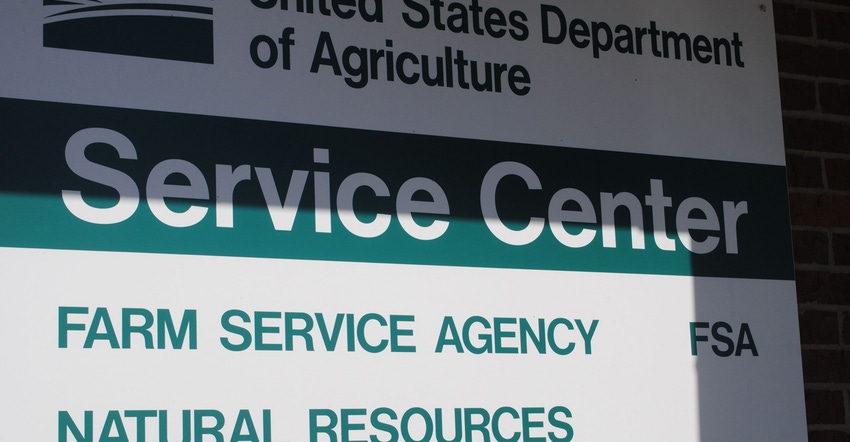
More than 7,700 farmers and ranchers across the U.S. serve on county-level USDA Farm Service Agency committees. Each local committee consists of three to 11 producers and meets once a month, or as needed, with members serving three-year terms.
FSA county offices across the country began accepting nominations for county committee members on June 15, and will accept nomination forms that are postmarked up to Aug. 1. Not every member on the county committee is up for election each year. The counties are divided into local administrative areas, or LAAs, which elect new members on a rotating basis.
"Anyone can nominate a neighbor, friend or someone they believe would be good at serving on the county committee," says Nebraska FSA District 6’s director, Kim Benner, who is based in Merrick County in Central City. "They can also nominate themselves to be placed on the ballot, which is typically how people are nominated."
Any farmer who is of voting age, is a U.S. citizen, participates in FSA programs and lives in the LAA up for election this year is eligible to serve on the county committee, she says.
FSA services are critical to most producers, Benner says. County FSA committees bring localized expertise to the administration of farm programs for specific localities.
For instance, Benner's district in Nebraska covers a large area of central Nebraska and the Panhandle, ranging from Central City in the east of the district, up to Chadron in the northwest. FSA programs in specific counties across that district differ greatly, because agriculture differs. In the east, crops are mostly corn, soybeans, wheat and alfalfa. In the Panhandle, county FSA committee members may bring expertise to the table about crops like sugarbeets, proso millet, sunflowers, field peas, potatoes and dry edible beans, just to name a few cropping options grown in those regions.
The idea for county FSA committees dates back to the Agricultural Adjustment Administration Act of 1933. The AAA or Triple A, as it was known, was to stabilize Depression-era farm prices at a level where farmers could survive. The law established state and county committees, at the time called Triple A Committees.
So, what are some of the duties of the county committee members? "The local FSA committee makes decisions if producers bring an appeal of a program rule decision," Benner says. "They interview and hire the county FSA director, and do annual performance reviews for the county director."
County committees learn the details about FSA farm programs and how they are administered locally, so members are better able to explain the programs to their farming friends and neighbors.
"Committee members receive ethics training and information security training as part of their duties," she adds. Typically, county committees meet as needed. If a decision is needed quickly, they may conduct a simple phone meeting to save everyone's time in coming in to the office. While these are voluntary positions, committee members are paid a stipend to cover their time and travel for meetings.
"County committees assist with the needs of farmers and ranchers," Benner says. "That's obviously the rewarding part. They are a voice and are able to share their knowledge with others," she says. "It's great for local FSA personnel, too, because they receive local input from their committee members about what farmers are concerned with. It is good for FSA and provides a two-way form of communication."
Election ballots are mailed out to eligible voters beginning Nov. 5, with the last date for return of voted ballots to a USDA service center set for Dec. 3. Newly elected committee members take office on Jan. 1.
To be considered for nomination for a county committee, producers must sign an FSA-669A nomination form. The form and other information about committee elections are at fsa.usda.gov/elections.
About the Author(s)
You May Also Like






